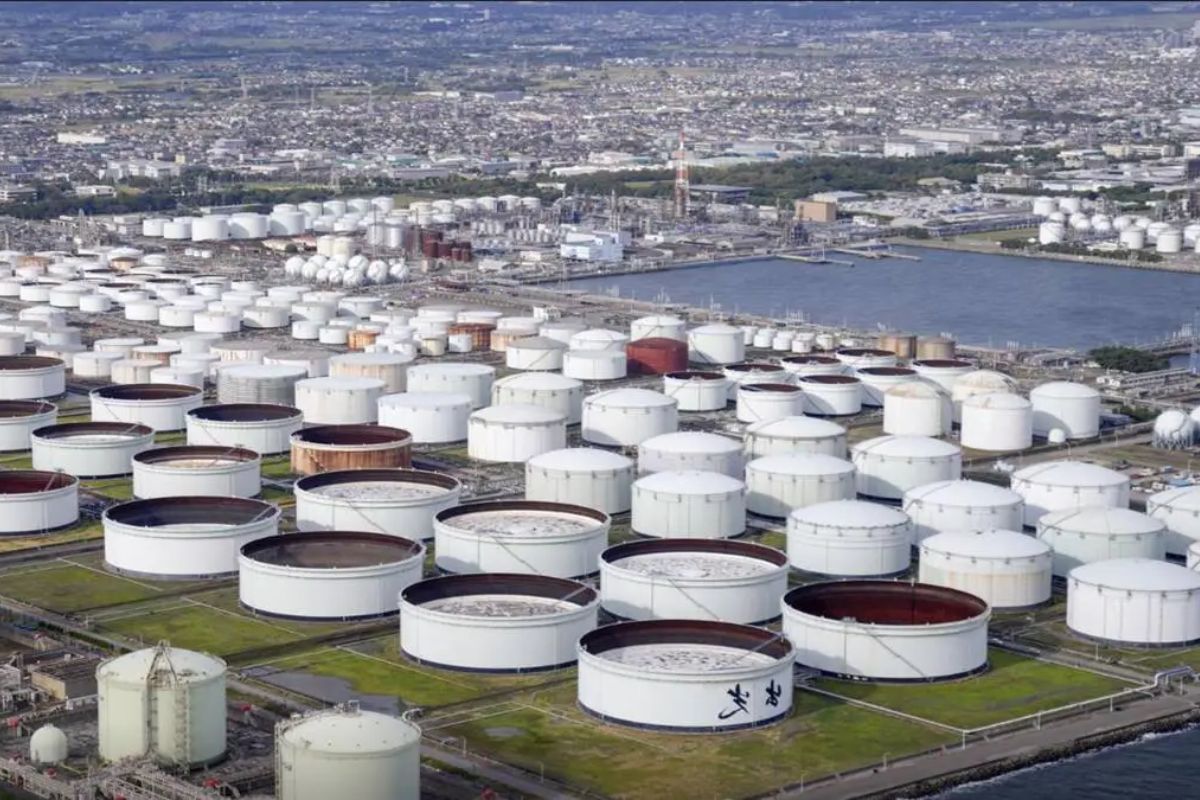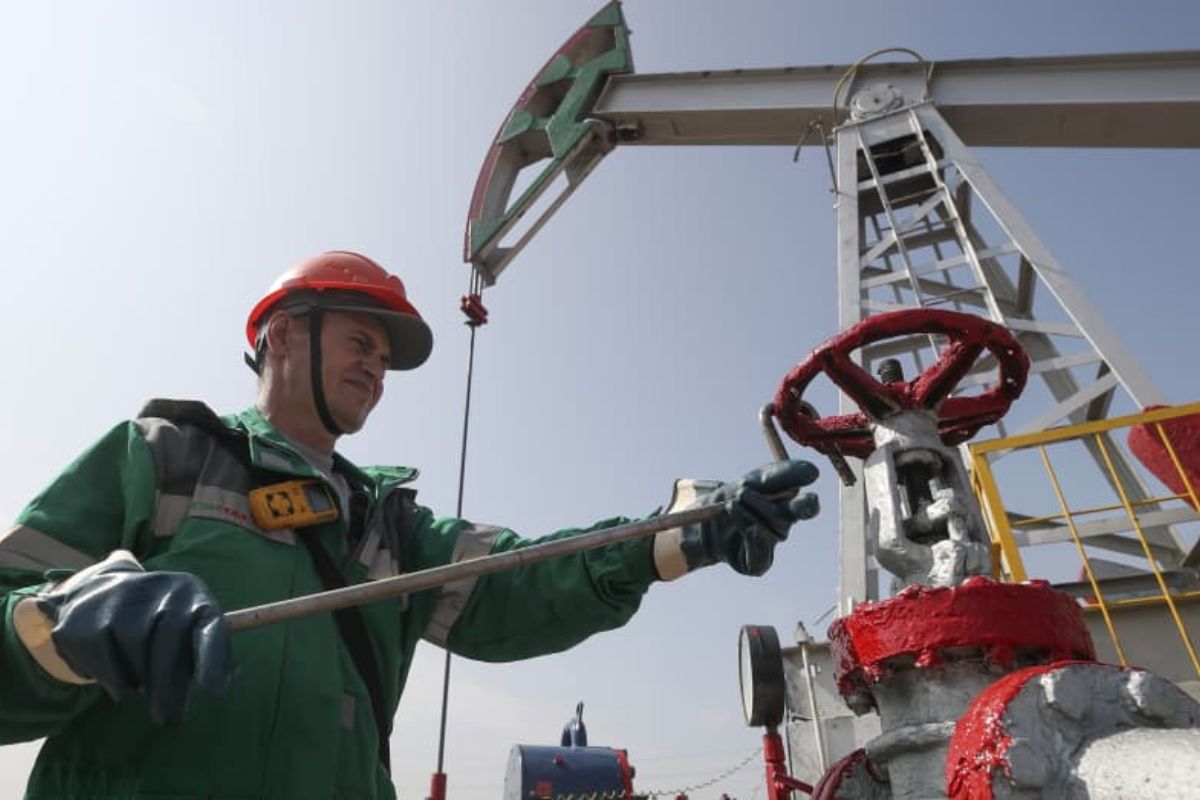Oil Prices Rally: In a surprising turn of events, oil prices have rallied despite the weekly losses incurred. The resilience displayed by OPEC+ in maintaining their firm stance on output cuts has sparked a renewed sense of optimism in the market.
This move signifies the alliance’s commitment to stabilizing oil prices amidst the ongoing uncertainty and volatility. While the recent weekly losses may raise concerns, it is crucial to delve deeper into the factors at play to understand the underlying dynamics that continue to support the rally.
Key Takeaways
- OPEC+ stands firm in maintaining its oil output policy, indicating their confidence in meeting demand and managing the balance between supply and demand.
- The Federal Reserve’s management of interest rates supports oil prices by stimulating economic growth and increasing oil demand.
- Reports of a potential ceasefire and geopolitical tensions create uncertainty in the oil industry, leading to weekly losses and market reaction.
- Saudi Arabia and Russia’s commitment to stability through voluntary oil output cuts helps stabilize the market and restore investor confidence.
OPEC+ Maintains Oil Output Policy Amidst Market Uncertainty
Amidst market uncertainty, OPEC+ stands firm in maintaining its oil output policy, signaling its commitment to stabilizing the global oil market.
This decision comes as a surprise to some, considering the recent volatility in oil prices and the mounting concerns over the Omicron variant’s impact on global demand.
Also Read: Return of US Oil Sanctions Threatens Venezuela’s Revenue and Fuel Supply
However, OPEC+ seems unfazed by these challenges, as they believe that their current output levels are sufficient to meet the demand and prevent any excessive price fluctuations.
By holding steady on their oil output policy, OPEC+ is sending a clear message to the market that they are in control and are ready to take necessary measures to ensure stability.
This move demonstrates OPEC+’s resolve in managing the delicate balance between supply and demand, and it will be interesting to see how the market reacts to this decision in the coming months.
Federal Reserve’s Role: Interest Rates and Oil Price Support
The Federal Reserve’s role in supporting oil prices through its management of interest rates cannot be underestimated. The recent decision to maintain the benchmark interest rate and the assurance that rates will decrease in the future have played a crucial role in boosting market sentiment. Lower interest rates have the potential to stimulate economic growth and increase oil demand, which in turn supports oil prices. By keeping interest rates in check, the Federal Reserve is effectively providing a favorable environment for oil prices to rally.
This demonstrates the power of monetary policy in influencing not just the overall economy, but also specific sectors such as the oil industry. As investors continue to closely monitor the Federal Reserve’s decisions, the impact on oil prices is likely to remain significant.
Market Challenges: Ceasefire Reports and Geopolitical Tensions
Market challenges arise as reports of a potential ceasefire and escalating geopolitical tensions create uncertainty and volatility in the oil industry.
Despite positive factors, oil prices are experiencing weekly losses of around 5%, driven by the market’s reaction to unsubstantiated ceasefire reports between Israel and Hamas. This uncertainty has caused oil contracts to settle more than 2% lower on Thursday.
Investors are cautious, awaiting confirmation of progress in ceasefire talks to assess potential impacts on geopolitical tensions affecting oil markets.
Additionally, Houthi attacks in the Red Sea have challenged earlier beliefs of potential disruptions to global oil supply flow.
These geopolitical tensions and the possibility of a ceasefire create a challenging environment for oil markets, leaving investors and industry participants on edge as they navigate through unpredictable circumstances.
OPEC’s Optimistic Market Report: Addressing Demand Concerns
OPEC‘s latest market report offers a compelling rebuttal to concerns surrounding global oil demand, presenting a cautiously optimistic outlook for the industry. Despite recent volatility in the market, OPEC maintains its confidence in the resilience of oil market fundamentals. The organization slightly increased its 2023 forecast for global oil demand growth, indicating that the recovery is on track.
Furthermore, OPEC’s optimistic outlook for 2024 further reinforces their belief in the long-term stability of the industry. One notable aspect of the report is OPEC’s addressing of exaggerated negative sentiment surrounding Chinese demand. By dispelling these concerns, OPEC contributes to a more positive market outlook. This market report serves as a reminder that while challenges exist, the demand for oil remains strong, and the industry is poised for growth.
| 2023 Forecast | 2024 Forecast | |
|---|---|---|
| Global Demand | Slightly Up | Optimistic |
| Chinese Demand | Dispelling | Positive |
| Market Outlook | Resilient | Growth |
| Industry | Stable | Strong |
Saudi Arabia and Russia’s Commitment to Stability: Mitigating Downside Risks
Saudi Arabia and Russia’s unwavering commitment to stability amidst oil price weaknesses demonstrates their proactive approach in mitigating downside risks in the global oil market. These two major oil-producing countries, as part of the OPEC+ alliance, have taken the initiative to voluntarily cut their oil output until the end of the year. This move is significant in maintaining market equilibrium and preventing a further plunge in oil prices.
The commitment of Saudi Arabia and Russia to stability brings several benefits to the global oil market:
- Ensuring supply-demand balance: By reducing their oil output, they prevent oversupply, which could lead to a significant decline in oil prices. This helps to stabilize the market and avoid a glut in inventory.
- Restoring investor confidence: A proactive approach in addressing downside risks signals to investors that these countries are committed to maintaining stability, instilling confidence in the market and attracting investment in the oil sector.
Conclusion Of Oil Prices Rally
The OPEC+ decision to maintain oil output cuts despite weekly losses demonstrates their commitment to stabilizing the market amidst uncertainty.
With the Federal Reserve playing a role in supporting oil prices through interest rates, market challenges such as ceasefire reports and geopolitical tensions are being addressed.
OPEC’s optimistic market report addresses concerns about demand, while the commitment of Saudi Arabia and Russia to stability helps mitigate downside risks.
Overall, this firm stance on output cuts shows a proactive and strategic approach to managing the oil market.
Our Reader’s Queries
Q1 What is the voluntary output cut for OPEC?
A OPEC+ oil-producing nations reached a consensus on Thursday to implement voluntary production cuts of approximately 2.2 million barrels per day (bpd) throughout the first quarter of 2024. Notably, Saudi Arabia has decided to extend its existing voluntary production cut as part of this collective effort.
Q2 Why is OPEC cutting oil production?
A Saudi Arabia, Russia, and other OPEC+ members have jointly decided to implement voluntary production cuts for the initial quarter of 2024. Although the intention is to stimulate the market, crude prices experienced a decline following this decision by OPEC+ producers.
Q3 Why did OPEC fail to keep the price of oil high?
A OPEC’s inability to sustain a prolonged high oil price can be attributed, in part, to the greater elasticity of both oil supply and demand in the long run compared to the short run. The short run is characterized by at least one fixed input.




